When it comes to protecting outdoor furniture, equipment, and other valuables, the choice of fabric cover plays a crucial role. It’s not just about what looks good, rather about what works best. Choosing between breathable and non-breathable covers entirely depends on your requirements. Each type offers unique benefits and challenges, and the right choice can mean the difference between long-lasting protection and unnecessary wear.
This blog dives into the pros and cons of both breathable and non-breathable fabric custom covers, helping you make a confident choice. Whether your priority is keeping moisture out, allowing airflow, or striking a balance between the two, you’ll find everything you need to know to protect your outdoor essentials effectively and stylishly.
What are Breathable Fabric Covers?
Breathable fabric covers are made from materials that allow air and moisture to pass through. They are designed to prevent mould, mildew, and rust formation. The best breathable covers for outdoor furniture and equipment are preferably created using polyester blends, canvas, and high-tech synthetic fabrics. Let’s have a look at the disadvantages and advantages of breathable fabric covers for protection.
Pros of Breathable Fabric Covers
- Prevention of Mould and Mildew – The primary advantage of breathable fabric covers is their ability to prevent moisture accumulation. By allowing air to circulate, these covers reduce the chances of mould and mildew growth, keeping your furniture or equipment in better condition.
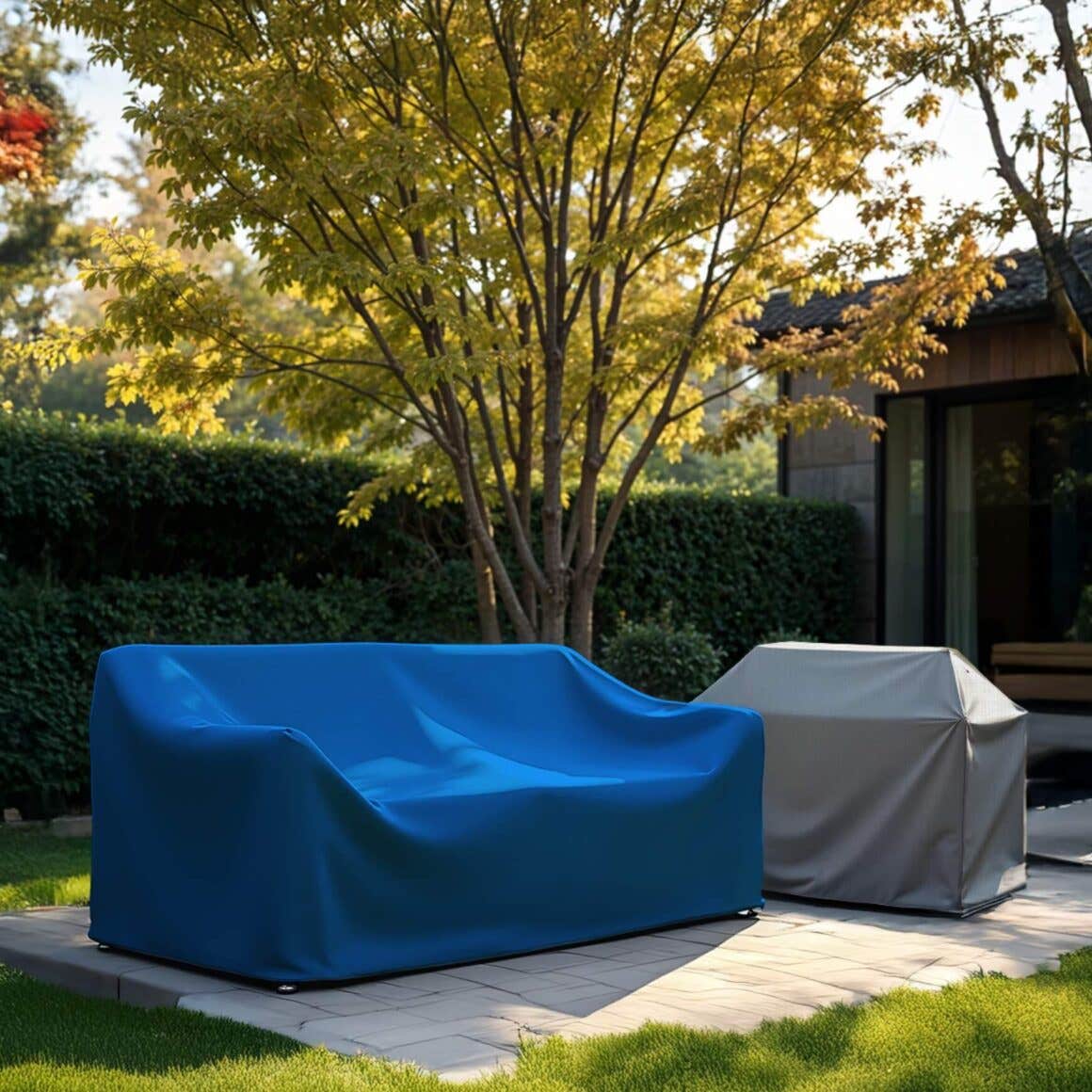
- Temperature Regulation – Breathable materials help regulate temperature by allowing heat to escape. This is particularly beneficial for items like outdoor furniture, grills, or machinery that may overheat under direct sunlight.
- Reduced Condensation – These covers minimise condensation by allowing trapped moisture to evaporate, protecting metal surfaces from rust and preventing wood from warping.
- Lightweight and Easy to Handle – Breathable covers are often lightweight, making them easy to install, remove, and store when not in use.
- Eco-Friendly – Many breathable covers are made from recyclable or biodegradable materials, appealing to environmentally conscious consumers.
Disadvantages of Breathable Fabric Covers
- Less Water Resistance – While breathable covers can repel light rain, they are generally less effective in heavy or prolonged rainfall. Water may seep through, potentially causing damage to the covered items.
- Durability Concerns – These covers are often less durable against harsh weather conditions, such as heavy winds, hail, or snow. Frequent exposure to such elements may lead to quicker wear and tear.
- Higher Initial Cost – Breathable fabric covers often come with advanced technology or materials, making them more expensive than some non-breathable alternatives.
What are Non-Breathable Fabric Covers?
Non-breathable fabric covers are made from materials that create a solid barrier against water and air. Common examples include vinyl, plastic, and certain coated fabrics. These covers are often favoured for their impermeability and ability to provide robust protection against external elements. Let’s know about non-breathable fabric covers drawbacks and benefits.
Pros of Non-Breathable Fabric Covers
- Superior Water Resistance – Non-breathable covers are excellent at keeping water out. They are ideal for protecting items during heavy rain or snow, ensuring that the covered objects remain dry.
- Durable and Long-Lasting – Made from sturdy materials, non-breathable covers can withstand harsh weather conditions, including strong winds and UV exposure, for extended periods.
- Cost-Effective – Many non-breathable covers are affordable and widely available, making them a practical choice for budget-conscious consumers.
- Easy to Clean – The solid surface of non-breathable covers is easy to wipe down and maintain, requiring minimal effort to keep your outdoor furniture covers looking clean and new.
Cons of Non-Breathable Fabric Covers
- Condensation Issues – The impermeability of these covers can trap moisture underneath, leading to condensation. This can result in mould, mildew, and rust, especially in humid climates.
- Poor Air Circulation – Non-breathable materials block airflow entirely, which may cause overheating of covered items in direct sunlight.
- Material Degradation Potential – Over time, exposure to UV rays can cause some non-breathable materials to crack, fade, or become brittle, reducing their lifespan.
- Heavy Weight – These covers are often heavier and more cumbersome to handle, making installation and storage less convenient.
Non-Breathable Vs. Breathable Covers for Outdoor Use – Key Consideration Factors
The decision between breathable and non-breathable fabric largely depends on the intended use, environmental conditions, and the specific requirements of the items you wish to protect. Here are some factors to keep in mind:
Climate – When considering the benefits of breathable covers for moisture control, it prevents mould and mildew formation in humid and rainy areas. Alternatively, in regions with heavy rainfall or snow, non-breathable covers may provide superior water resistance.
Usage – For delicate items prone to rust or warping, breathable covers are a safer choice. Durable outdoor equipment or furniture might fare well with non-breathable covers, especially during extreme weather.
Duration of Use – For temporary protection, non-breathable covers are often sufficient. However, breathable fabrics ensure long-term coverage benefits from the moisture-prevention.
Budget – Breathable covers are likely to be towards an expensive side but can save money in the long run by preventing damage. Non-breathable covers offer a cost-effective solution for short-term or occasional use.
Aesthetic and Maintenance – Breathable covers tend to blend in better with outdoor settings and require less frequent cleaning. Non-breathable covers, while protective, may require regular maintenance to avoid material degradation.
To conclude, choosing the right cover for your outdoor furniture or equipment is an investment in the longevity and appearance of your belongings. By understanding the pros and cons of each type, you can tailor your choice to your specific needs, ensuring that your belongings remain protected and in excellent condition for years to come.


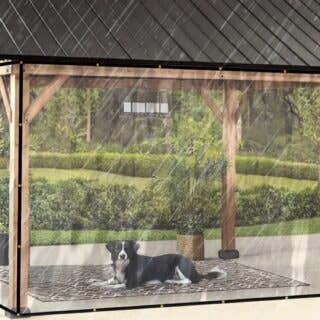

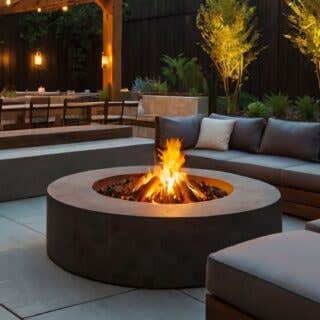

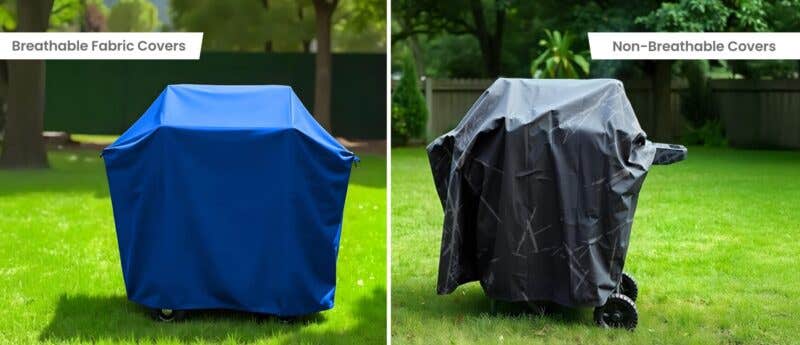
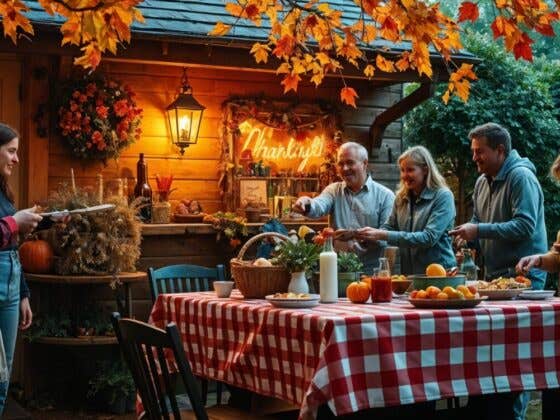
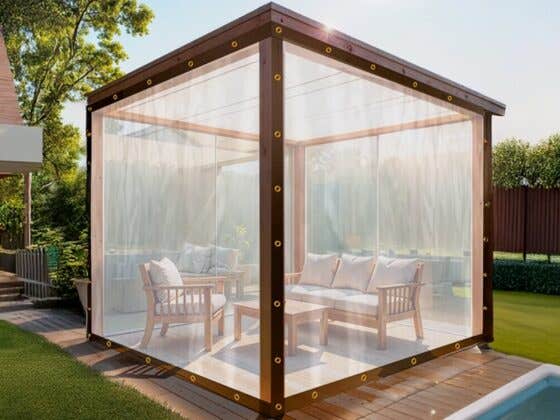

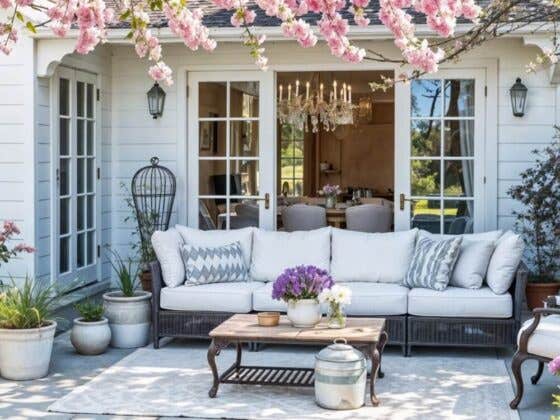
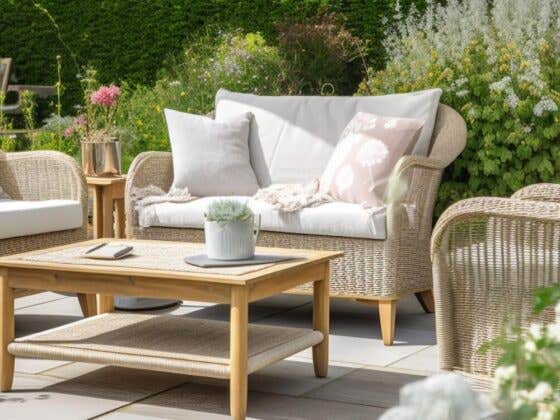
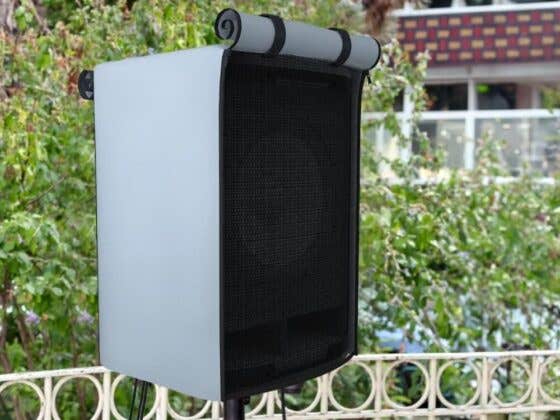

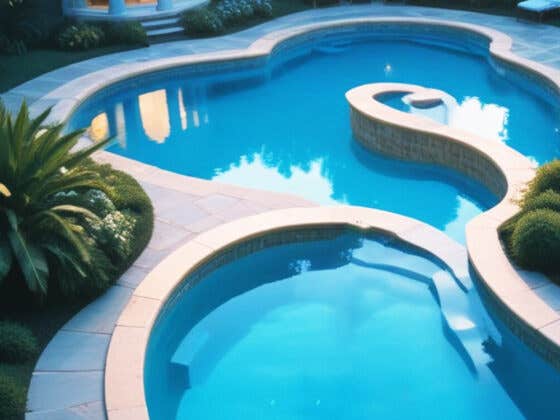
Recent Comments